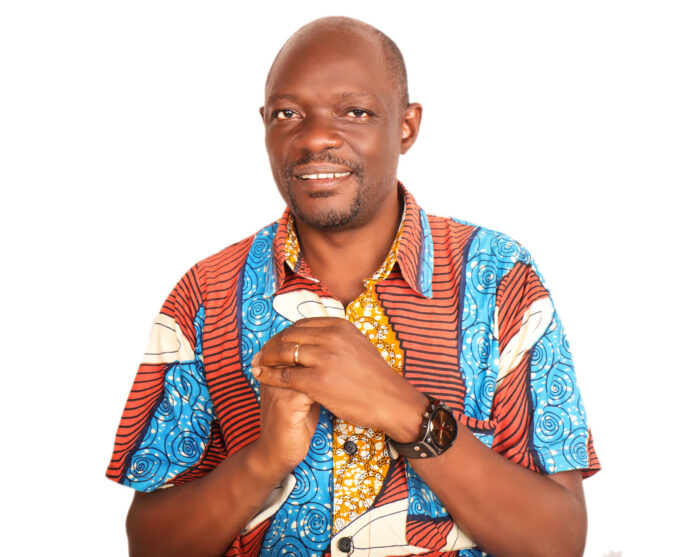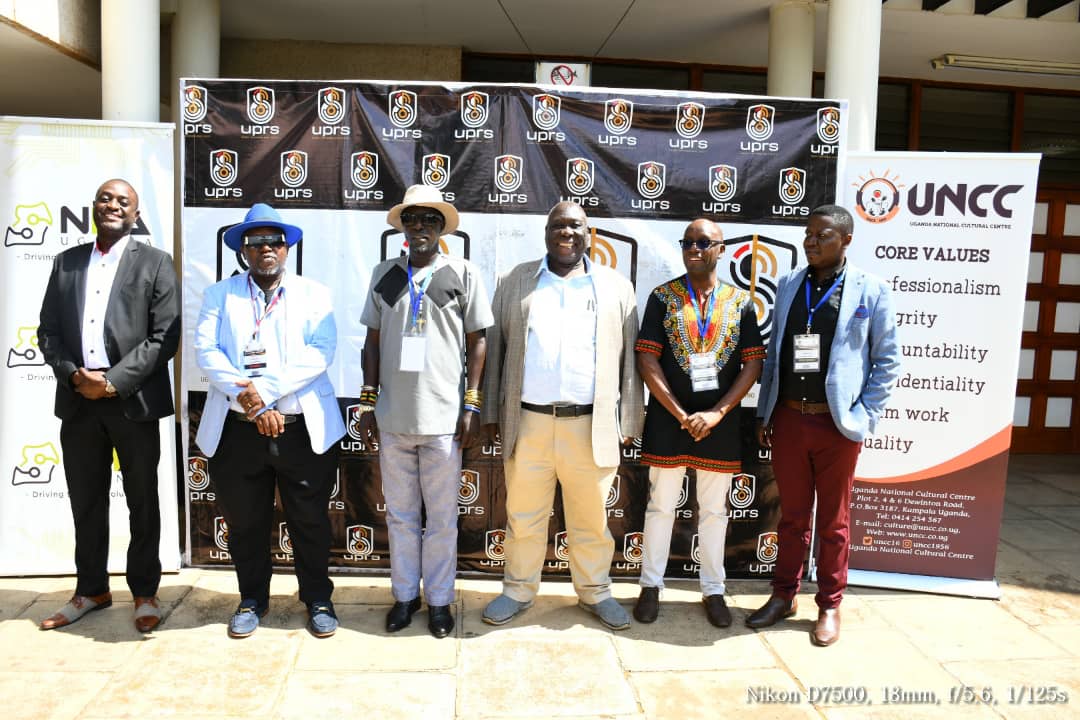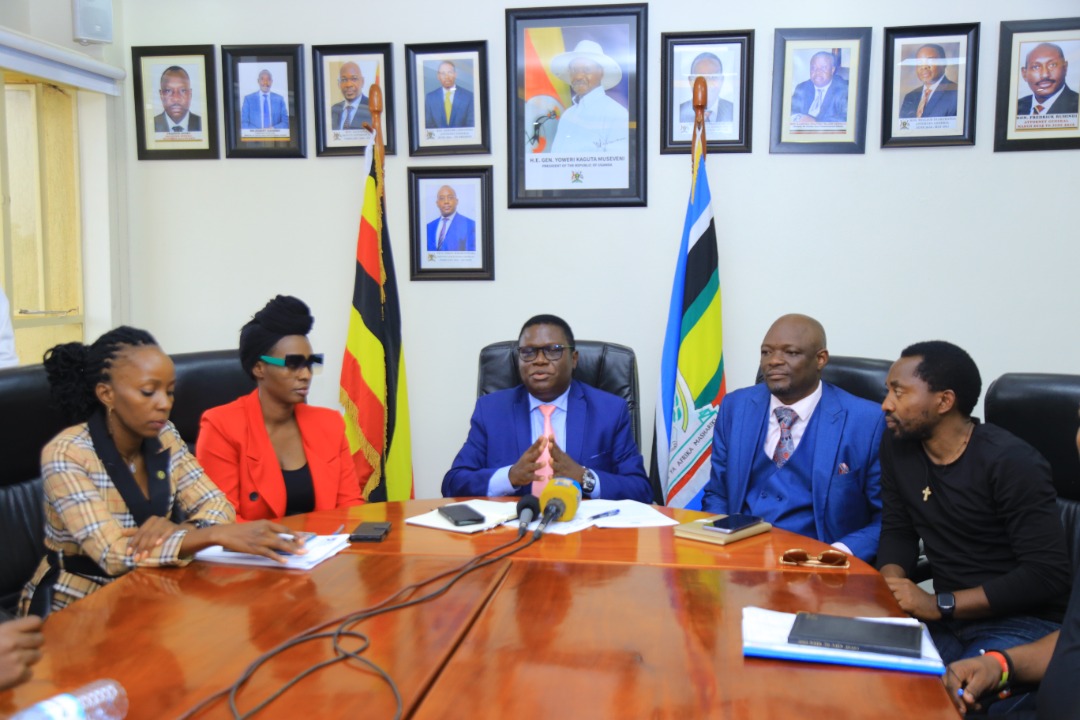By: Charles Batambuze
Gulu City has not only been a place of pilgrimage for artists, but also it is home to many like Eezzy, Laxzy Mover, Polite Mosko, Sean Simple, Liama, Loketo Lee, Romeo Odong, Lucky Bosmic Otim, Ruth Kurt and dramatist Okello Kelo.
Gulu too has studios run by producers like Sai, and Kaunda that exhibit high levels of technical knowhow, their not-so-hi-tech recording equipment notwithstanding.
During my visit, four songs were recorded. I also witnessed music video shoots capturing the traces of Acholi traditional life and architecture in the suburbs of Gulu City. These recordings were by local as well as visiting artists from Kampala and South Sudan. From the foregoing, Gulu has also inspired music captured in the creative expressions of Fefe Busi’s song, Embozi ye Gulu or Bannansi’s ,“Tukoye okuzungila e Gulu.”
Renowned audio producers such as Kroch, Davi, Washington, and Michael Fingers have pitched camp in Gulu, working with local producers to make music. The artists are acutely aware that competition locally and internationally is hinged on quality productions. As such, audio producers are raring to boost their technological capacity. Meanwhile Kampala based videographers were in Gulu to support local counterparts to shoot music videos.
While in Gulu, there have also been surprising music collaborations to be outed soon. Overall, 862 artists graduated from a Mindset Change Training Programme which was instituted in response to the influx of artists to Gulu. The programme also succeeded in uniting then bitterly divided musicians. The training also equipped the artists with vital information on branding and its commercialization, copyright valuation and use as collateral security and leveraging their music and brand towards achieving financial success.
While many commentators believe that money has been the motivation for the influx of artists in Gulu, this instead opened a whole new window and revealed up to 37 revenue streams for them, which had all been clogged up and had kept the artistes in poverty. For instance, the National Association of Broadcasters (NAB), agreed to start paying royalties for all the music played on radio and tv which will earn artists upwards of UGX 650 million in 2021 alone.
Similarly, a conversation for artists to have a fair share of the UGX 70 billion which the telecoms make from Caller Ring Back Tunes (CRBTs) has been restarted. Government on its part has been earning 50% of this amount in taxes. In the same way, other users of copyright protected works like public transport, hospitality, education, the public
sector and professional entities are to be reached. A new dispensation in the implementation of the Copyright law is
emerging. It has sucked in regulators such as Uganda Communications Commission (UCC) and Uganda Registration Services Bureau (URSB) to support collecting societies such as Uganda Performing Right Society (UPRS), Uganda Reproduction Rights Organisation (URRO) and Uganda Federation of Movie Industry (UFMI) to collect royalties from
consumers of creative content.

Creative Industry representatives, NAB and heads of Govt agencies that have aspects of Arts in their mandates
This is so because most copyright protected works have for long time been exploited for free, leading to financial losses to creators. The Gulu meeting for artistes has also made it possible to put on the agenda Copyright law reform that seeks protection of Ugandan content in the digital space and introduction of a private copy levy (PCL). A PCL
is a government mandated scheme in which a special tax or levy is charged on purchase of recordable media. In Uganda, a PCL on gadgets is estimated to result in the collection of UGX 68 billion in royalties.
A lot of work remains to be done to build a strong creative industry that was employing 386,000 Ugandans by 2014.
The events in Gulu have laid a firm foundation for strengthening the regulation of the industry; providing Covid-19 financial relief to enable recovery of artists’ SMEs and; improving budgets towards culture infrastructure like theatres, cinemas, public libraries, galleries, museums and art markets as these require considerable investments.
The verdict is out that events in Gulu City continue to inspire positive changes. Artists have had the platform to advance key concerns to government and it is expected that a well-coordinated Culture and Creative Industry will emerge to be a major driver of economic development both now and in the future.
The Writer is Vice Chairperson of the National Culture Forum (NCF) andExecutive Director of Uganda Reproduction Rights Organisation (URRO) cbatambuze@gmail.com












